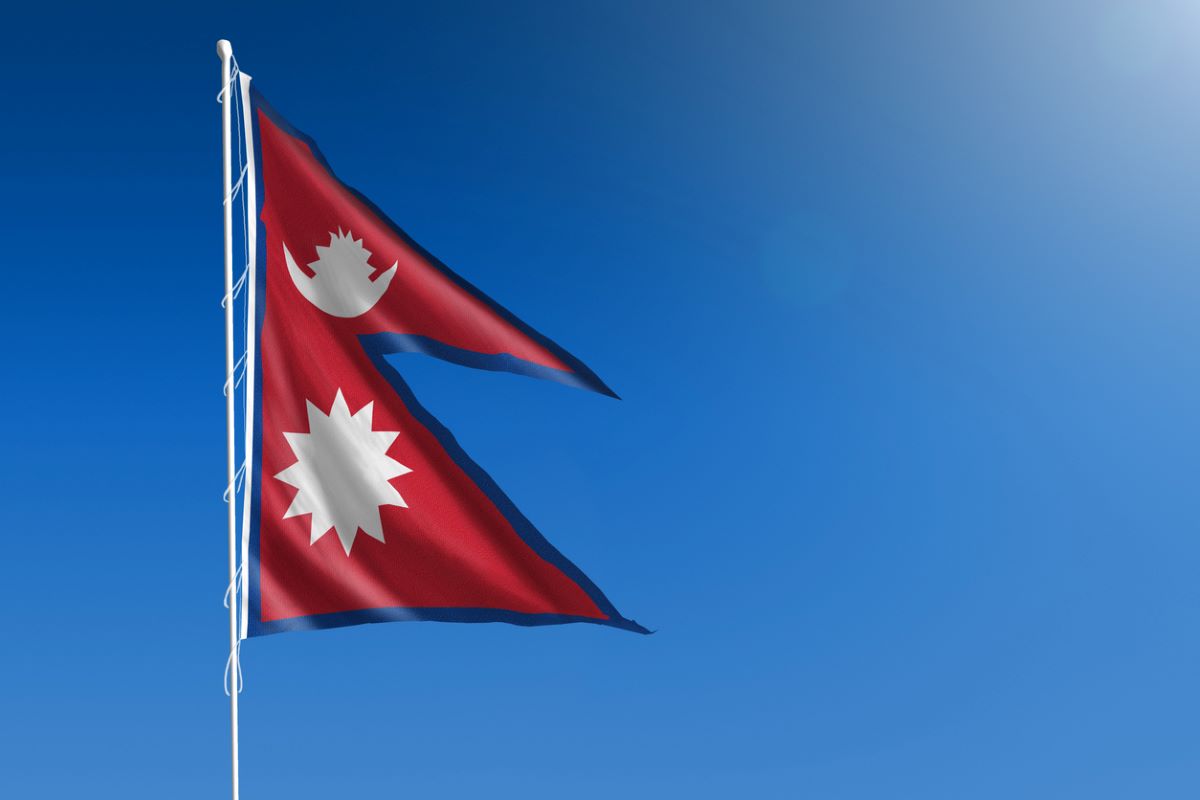Nepal’s trade dynamics have experienced a notable shift in recent months, reflecting broader economic and geopolitical trends in the region. The latest data reveals that Nepal’s imports from China have surged by an impressive 34.8 per cent in the first eleven months of the Himalayan country’s current fiscal year, ending mid-June, while imports from India have decreased by 3.1 per cent during the same period.
This shift is more than just a statistical anomaly; it signifies a deeper realignment in Nepal’s economic orientation and strategic partnerships. The surge in imports from China can be largely attributed to the significant increase in the entry of electric vehicles (EVs) into the Nepalese market. In the current fiscal year, Nepal imported 7,931 EVs worth Nepalese Rs 21.83 billion from China, a substantial jump from 1,269 EVs worth Nepalese Rs 3.75 billion in the same period last year. This rise underscores a growing preference for Chinese technology and products, driven by competitive pricing, advancements in technology, and a strong push from Chinese manufacturers to expand their footprint in South Asia. On the other hand, the decline in imports from India can be linked to the export curbs imposed by India on food products.
Advertisement
These restrictions have compelled Nepal to seek alternative suppliers, once again inadvertently boosting Chinese exports. This shift is a reflection of how trade policies and geopolitical decisions can have cascading effects on bilateral trade relationships. While India continues to hold a significant share of Nepal’s imports, accounting for 65.5 per cent, the increasing share of China, now at 18.8 per cent, cannot be ignored. This trend suggests that Nepal is diversifying its trade portfolio, reducing its heavy reliance on India, and embracing a more balanced approach to international trade. Such diversification is crucial for Nepal’s economic resilience, especially in a region prone to geopolitical tensions and economic volatility.
This realignment in trade patterns also reflects the broader strategic interests of Nepal. As a landlocked country, Nepal has long relied on its immediate neighbours for trade and economic support. However, in recent years, there has been a conscious effort by Nepali policymakers to broaden their horizons and engage with a wider array of international partners. The increased imports from China are a testament to this strategy, signaling Nepal’s intent to forge stronger economic ties with the world’s second-largest economy.
Moreover, the rising imports from China could also be seen as part of China’s broader Belt and Road Initiative (BRI), which aims to enhance connectivity and economic cooperation across Asia and beyond. By integrating more deeply with the Chinese economy, Nepal stands to benefit from improved infrastructure, increased investment, and enhanced trade opportunities. However, this shift is not without its challenges. Increasing dependence on Chinese imports could expose Nepal to economic risks associated with over-reliance on a single country. At the same time, Indian policy makers and diplomats would be well advised to keep a close watch on trade relations.
